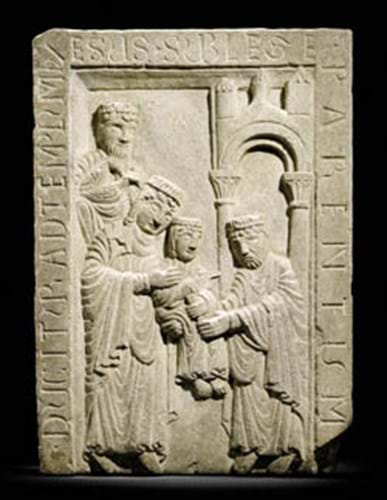
While still committed to dedicated sales in this category, they are to move from four sales a year (two in May and November dedicated to 19th and 20th century sculpture, and two given over to earlier works of art held in July and December) to two, becoming a bi-annual cross-period format titled European Sculpture and Works of Art: Medieval to Modern.
They will take place in July and December to coincide with London's Old Master Weeks.
Sotheby's feel this will give them the chance to assemble two very strong annual offerings.
One of the other reasons for the change is the increased proportion of private treaty sales that Sotheby's now undertake, as revealed in their quarterly figures. Some vendors prefer a more discreet form of promotion rather than the exposure of a public auction.
Along with the change in sale format comes a shift in personnel. Erik Bijzet has been appointed head of auction sales while Alexander Kader, head of department, is to focus on private treaty sales and valuations.
The first of the new format sales on December 6 comprises 183 lots. Among the earliest pieces is a rediscovered Romanesque Istrian stone relief measuring 20 x 16in (51 x 41cm) carved with The Presentation in the Temple. When it last came up at auction in 1957 in Lucerne as part of the Jacob Hirsch collection, it was catalogued as having come from the church of St Stefano in Bologna.
In 2008, Michele Vescovi identified and published the piece as part of a lost mid-12th century doorway from the city's Cathedral San Pietro made by the workshop of Pietro di Alberico, linking it to six stylistically very similar stone panels discovered in 1999 when work was being done on the campanile of the cathedral.
Since Vescovi's publication more information about the relief's pre-1957 provenance has come to light. It appears that it came up for sale in 1926 in New York in the Raoul Tolentino collection, where it specified that it came from the Old Hospital Bologna, sold by the Bargello authorities for the hospital's relief in 1925.
The piece probably went to the hospital after the cathedral was remodelled in the 16th century. It carries an £80,000-120,000 estimate in Sotheby's sale.
By Anne Crane




